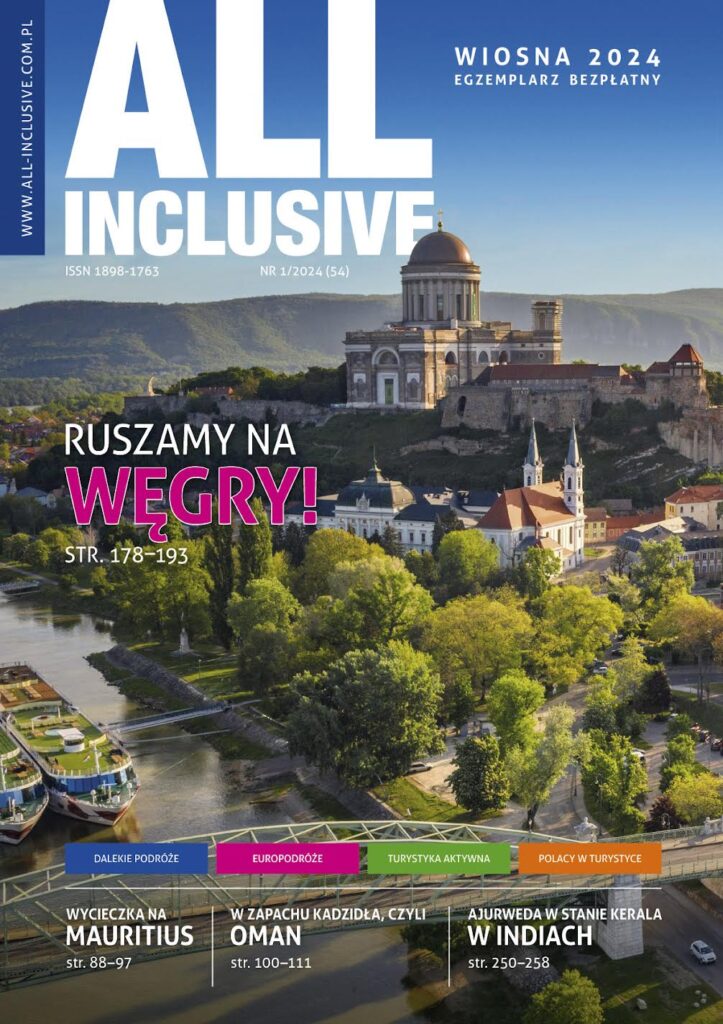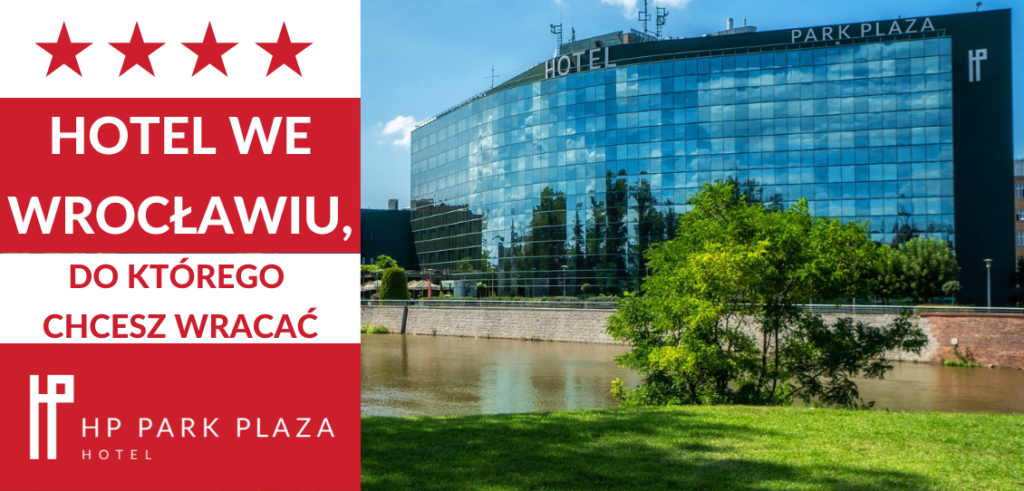14 October 2020
Today, at the end of this strangest of summers, I would like to share with you the latest assessment of the situation in inbound tourism, the current market trends from the perspective of the travel industry experts, and what I personally believe will be the most important drivers for the future of travel to Germany.
1. The current situation – inbound travel market remains volatile
The opening of numerous borders in Europe, shortly before the holiday season, gave the international tourism industry only a brief respite in the midst of the pandemic. In terms of inbound travel to Germany, this meant that the collapse in the number of overnight stays during lockdown (more than 90 per cent down on the prior year) gave way to a year-on-year decline of between 50 and 60 per cent in the summer months of July and August.
Analysis of flight booking data by ForwardKeys reveals that flight arrivals to Germany from our 13 biggest European markets reached as high as 37 per cent of the prior-year level during the high season. Since the end of August, however, they have dropped back to below 30 per cent of those 2019 volumes. Arrivals from the key overseas markets in September 2020 compared with September 2019 continued to fall sharply (down by 78.9 per cent from the US) or almost completely collapsed (China down by 97.6 per cent, Japan down by 96.2 per cent).
The German parliament’s Tourism Committee thoroughly explored these complex challenges on 7 October, holding a high-level discussion focused on the situation at hand and the impacts of the coronavirus crisis on the business travel sector with representatives from our organisation as well as from the German Hotel Association, the German Business Travel Association and the German Convention Bureau. You can find the presentation here.
The situation in the hotel business is a particular cause for concern. According to the German Hotel Association (IHA), the average room occupancy rate in August stood at 38.9 per cent, down by 45.8 per cent on the prior-year period. The IHA was particularly alarmed by the fact that the “room occupancy rates in the city destinations that rely on business travel are below every threshold for profitability (Berlin down by 58.2 per cent, Düsseldorf by 56.4 per cent, Frankfurt by 66.2 per cent, Munich by 61.8 per cent and Stuttgart by 58.7 per cent). The declines are only significantly lower than this in major cities close to tourist destinations and in the federal states in eastern Germany (Dresden down by 24.2 per cent, Erfurt by 33.9 per cent, Kiel by 16.4 per cent and Potsdam by 7.6 per cent).”
We believe that the market for inbound tourism as a whole will remain volatile in the coming months, and we expect further disruption. Since the end of the summer break, entire regions and countries are increasingly being designated as high-risk once again – including important source markets for Germany such as Belgium, Austria, Spain and France.
Many German towns and cities are also facing rising numbers of cases. The tightening of rules in a number of federal states, such as the current ban on providing accommodation to guests from coronavirus hotspots, is significantly dampening people’s appetite for travel.
The preliminary conclusion is that we still cannot begin talking about a recovery. Numerous SMEs in the hotel and hospitality industry, in retail, in the arts and in the events sector – to name just some of the industries affected – could soon go out of business. Indeed any business that provides a service to travellers is becoming increasingly nervous.
2. The outlook from today’s perspective – a delayed recovery
The renowned travel industry research partner Tourism Economics (TE) has just updated the scenario analysis commissioned by the GNTB in early June. Its October forecast is more pessimistic than the one published four months ago. For 2020 as a whole, the TE analysts now expect the number of overnight stays made in Germany to fall by 51.2 million and for consumer spending by tourists to drop by €18.7 billion.
The TE experts believe that the recovery process is likely to be more protracted and complicated than previously predicted. According to their new forecast, the volume of overnight stays in 2023 will reach only around 86.4 per cent of the 2019 level. Inbound tourism will clearly have to endure the coronavirus crisis for longer than had been postulated by TE in early summer.
Not only will it take longer for the market to recover, but various changes in the demand structure are becoming evident.
A survey carried out for us by IPK International in the US and China, our biggest overseas markets, revealed that, if visiting Europe, a clear majority (73 per cent of Chinese tourists and 60 per cent of American tourists) would choose to travel to just one country as opposed to touring multiple countries. Given the strength of the Destination Germany brand and the fact that this summer Germany has been among the highest-rated countries in terms of its handling of the crisis and the related healthcare challenges, we believe there is a reasonable prospect of many people choosing Germany to be the country that they visit.
In addition, families now appear to be more interested in travelling independently on holiday rather than with a group or as part of an organised tour. The opportunities for Germany here lie in its diverse range of options for self-planned travel.
3. Market segments – further trouble ahead for business travel and overseas markets
On 22 September, the Federal Government Commissioner for Tourism, Thomas Bareiß, invited a number of industry organisations to a video conference focused on business travel. Among the participants were the Association of the German Trade Fair Industry, the German Convention Bureau (GCB) and the Association of German Chambers of Industry and Commerce. The GNTB and Matthias Schultze, Managing Director of the GCB, gave a detailed presentation on the current situation with regard to business travel.
In 2019, the proportion of all inbound travel to Germany accounted for by business travel was above the international average, at 23 per cent. Nearly 16 million business trips were made to Germany last year, of which 13.3 million originated from Europe and 2.7 million from overseas.

The fact that 83 per cent of our inbound business trips originate from Europe is undoubtedly a positive starting position in these times of crisis, as overseas markets are likely to take longer to recover. On the other hand, business travellers from overseas do tend to spend more on average.

Revenue generated by the business travel segment came to €18 billion in 2019, of which €10.5 billion was attributable to European travellers and €7.5 billion to travellers from overseas.
The recovery phase for the wider inbound tourism industry will then – as we have already stressed many times before – depend to a large degree on what happens to demand in this segment, and this looks set to be the biggest challenge we will face in the years ahead.
Of particular concern in this regard, of course, is the massive and widespread economic impact that the pandemic is having on businesses in Europe and on the purchasing power of consumers.
Many experts believe that cost-cutting measures and the rise of virtual meetings could reduce the number of business trips by as much as one third.
We therefore need to move forward at full tilt with the use of digital technologies for and at events, conferences and trade fairs.
The updated analysis from Tourism Economics backs up the previous assumption that arrivals in the business travel sector will recover more slowly than in the leisure sector. Furthermore, the current forecast for 2023 that the business travel segment will be down by 26 per cent is actually a little more pessimistic than was the case in June (prediction of a 25 per cent decline). The outlook for the recovery in leisure travel, meanwhile, is slightly more cautious than three months ago, with the prediction of a rise of 6 per cent now downgraded to 5 per cent.

The outlooks for the individual source regions in respect of travel to Germany are now significantly more muted than in June. According to the most recent data, demand from Europe for Destination Germany in 2023 will be down by 9 per cent, which is below the previous expectations, while the overseas markets remain stubbornly in negative territory (down by 25 per cent). This means that the overall figures for 2023 will also be in negative territory (down by 14 per cent), with a return to pre-crisis levels not appearing a realistic prospect until 2024.

A comparison of the expert analyses provided in early summer and autumn of this year reveals a significant shift in the assessment of the situation over that short period of time. This partly reflects the constantly changing structure of supply and demand. For example, unsatisfactory booking numbers are prompting airlines and hotel companies to take capacity out of the market. This reduction in supply is, in turn, having an impact on travel patterns in the markets. The current situation calls for prudent action to be taken by all stakeholders so that we do not continue on this downward spiral.
4. Countercyclical advertising – actively shaping the market trends
In terms of our strategy at the GNTB, we are currently working hard to put our international marketing on the right track both in response to the crisis and looking further ahead.
Future-focused marketing – in a crisis or even a lockdown – is targeted not only at sales and revenue figures, but also on securing customer loyalty over the long term and on making the strengths of the brand more visible around the world. The recovery strategy for Germany’s inbound tourism industry will only succeed if potential travellers are aware of the brand and are talking about it. This would then give us a real chance of not only overcoming the crisis but actually emerging from it in a stronger position. The brand values of Destination Germany – including credibility, responsibility and safety – are now more important than ever in what has become a much more competitive travel market.
One thing is clear, after all. The coronavirus pandemic has triggered a realignment of market share in international tourism. And, of course, our main competitors are also taking this opportunity to position their tourism destinations for the post-pandemic era.
Our approach is to keep potential travellers up to date, create an emotional connection and provide inspiration.
Our message is that the values that have defined Destination Germany in the past – including credibility, responsibility and safety – will continue to do so in the future.
Our goal is not just to attract tourists but to secure long-term customer loyalty.
This is why the GNTB has taken a countercyclical approach from the beginning of the crisis, and placed particular emphasis on sustainability as a key aspect in the marketing of Destination Germany going forward. The campaign’s mission is therefore to motivate and inspire people to make trips in the future.
5. A customer-centric approach – keeping in mind the travellers of tomorrow
For our customers, the challenge of coronavirus lies more in accepting the travel restrictions. For example, we are not only seeing that travellers are becoming more safety-conscious, but also that they are showing greater interest in sustainable tourism. Coronavirus is making people think more about health, safety and values – and we are using this shift in attitudes to refocus our brand.
In summer, for example, we launched our Feel Good campaign, which drew attention to the many offerings in hotels, restaurants and individual regions that are certified as socially and environmentally sustainable. The content of our autumn campaign, #WanderlustGermany, is putting the spotlight on nature and outdoor activities. On social media alone, we have made over 100 posts that have generated 120 million impressions and more than 19 million engagements. To complement the digital side of the campaigns, physical customer events were held in eight European markets defined as key targets. Zurich, Vienna and Paris were among the venues for these events.
In 2021, the plan is for the campaigns ‘German.Local.Culture’ and ‘German.Spa.Tradition’, to highlight the customs and culture of our lesser-known towns and cities as well as our incredible choice of high-end spa resorts.
6. Digital empowerment – gaining a competitive edge through innovative marketing
There is no doubt that the world of tourism is becoming increasingly digital. A handful of global players are targeting customers with ever-more comprehensive offerings, and they are getting better all the time at predicting people’s needs. Meanwhile, immersive technologies, conversational interfaces and AI applications are making increasing inroads into the tourism value chain. The pandemic has become a catalyst for digital innovation – even in tourism. As destinations begin to compete again in the ‘new normal’, digitalisation will play a crucial role.
At the GNTB, we are forging ahead with the digital transformation that we had already started and adapting marketing tools, investing in knowledge, expertise and training, and continuing to ready ourselves for the future.
Here are just a few examples of how we are doing this:
- Chatbots on the germany.travel website are already answering questions and AI is being used to help respond to enquiries in Facebook Messenger. This is enabling us to automate our processes and provide real-time assistance. It is also presenting opportunities for link-ups with the GNTB’s open data project.
- The next step in the open data project is the completion of the tendering process for the knowledge graph this month. The next milestone is set to arrive in 2021 with the presentation of the first use case. Our goal is to put in place a cross-channel data management system that has potential benefits for all stakeholders in Germany’s inbound tourism market.

- Our German Castle Adventure chatbot has ‘gamified’ tourism marketing. The completion rate of 32 per cent in the current language versions for the US/UK, France, Spain and Austria is extremely encouraging. We will continue this project.
20 per cent of all Google searches today are made with the help of voice assistants, and the trend is upward. We are already testing and making practical use of these technologies – for example with Skills for Amazon Echo.

360° films and interactive VR applications are part of our marketing mix along with augmented and mixed reality.
7. A look ahead
Germany has established itself as a leading destination in the international market and this is a position that we can use to our advantage in the current crisis.
Remember that Destination Germany features in the world’s top ten travel destinations (United Nations World Tourism Organization, International Arrivals 2019).
We are one of the most highly-rated countries in the world when it comes to our handling of the coronavirus pandemic and the healthcare challenges this has presented. According to the preliminary results of the latest Ipsos Anhalt Nation Brands Index survey, Germany is the international travel destination that respondents would most like to visit in the next five years.
We are working closely with actors from across the tourism industry to drive forward the recovery process. Returning to the previous volumes of inbound travel will certainly present quite a challenge in the coming years. As one of Europe’s most attractive destinations, however, we have every chance of growing further and exploiting new potential in the holiday segment. Of that I am certain. The market will be tougher, for sure. But investments in quality and sustainability, as well as in technology and digitalisation, will be crucial in enabling us to carry on competing in the Champions League of travel destinations.
For these reasons and more, we will be continuing with our marketing efforts even while the crisis endures. Since September, for instance, we have been running B2B workshops outside Germany again, including in Austria and Switzerland. And that is just one example of what we have been doing.
Virtual workshops and roadshows have also been helping us to keep up the B2B dialogue in Spain, Scandinavia, Russia/Ukraine and BeNeLux.

In light of the current trends, we are also strengthening our collaborations with neighbouring markets. The experiences gathered during the virtual GTM are helping us here.
The content of our campaigns for 2021 ‘German.Local.Culture’ and ‘German.Spa.Tradition’ are geared towards the new challenges. Our kick-off event for these campaigns also deserves a mention in this context.
On 22 October 2020, from 11am to 12 noon, we will be hosting a webinar to present the two campaigns. Anyone interested in taking part in the webinar can register here.
This will be followed by an optional ‘speed networking’ event on 22 October 2020 from 12 noon to 7pm and on Friday, 23 October from 7am to 7pm, where participants will be able to use the GNTB Networking Tool to arrange virtual meetings with GNTB foreign representatives and other partners.
I would like to take this opportunity to thank all our partners for their invaluable input over recent weeks as we have had to adapt plans and projects – particularly given the circumstances in which more areas in Germany have been designated as high-risk. The problems that we are currently facing in terms of communicating the international positioning of Destination Germany will probably be no less difficult in the weeks ahead. But in rising to the challenge, my colleagues at the GNTB and I will continue to be flexible, agile and collaborative in our approach.
Stay safe, and stay in touch
Petra Hedorfer



